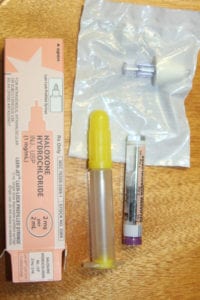By Britt Burner, Esq. & Brittni Sullivan, Esq.
The biggest concern that most have when they are in need of long-term nursing home care is that their primary residence will not be protected. This may or may not be true. There are special rules surrounding the home that are different than other types of assets.
To understand this fear, it is important to understand how one becomes eligible for Medicaid to assist with nursing home costs. The applicant is permitted to have countable assets in the amount of $32,396, retirement assets in any amount so long as the retirement account is set up for a monthly distribution, and a pre-paid irrevocable burial.
Applying for this program also involves a five-year lookback. This requires the applicant and spouse to provide full financial disclosure for the five-year period immediately prior to institutionalization. The purpose of the lookback is to see if the applicant or spouse transferred any assets out of their names. If transfers were made, there will be a legal presumption that this was done for the purpose of applying for Medicaid, and a penalty will be assessed. The penalty will result in a time of ineligibility for services.
However, there are certain transfers that are exempt and will not draw a penalty, this includes transfers of any assets to a spouse or to a blind or disabled child. Specifically for the primary residence, transfers are exempt when made to a spouse, blind or disabled child of the applicant, a sibling with an equity interest in the home, or to a caretaker child.
A caretaker child is defined as a child who has resided in the primary residence with the Medicaid applicant for the two years immediately prior to institutionalization and who, during that time has provided some level of care support to the individual who requires nursing home care. Medicaid will closely scrutinize the transfer and ask for supporting documentation to prove residency for the caretaker child.
For several reasons, this type of planning is best used in crisis planning and is not an advanced planning technique. First, there may be adverse tax consequences when you transfer the real property to the caretaker child. Second, transfer to the caretaker child could thwart your estate plan to leave assets to multiple beneficiaries. Last, the transfer to the caretaker child can only happen immediately prior to your institutionalization. Therefore, if the child is moved out at the time you require nursing home care, the exemption is lost.
The fear of losing the home is common. Planning in advance can help ensure the primary residence is protected.
Britt Burner, Esq., Partner at Burner Prudenti Law, P.C., concentrates her practice in Estate Planning and Elder Law. Brittni Sullivan, Esq., Senior Associate at the firm, also focuses on Estate Planning and Elder Law. Burner Prudenti Law serves clients from Manhattan to the east end of Long Island with offices located in East Setauket, Westhampton Beach, New York City and East Hampton.


















